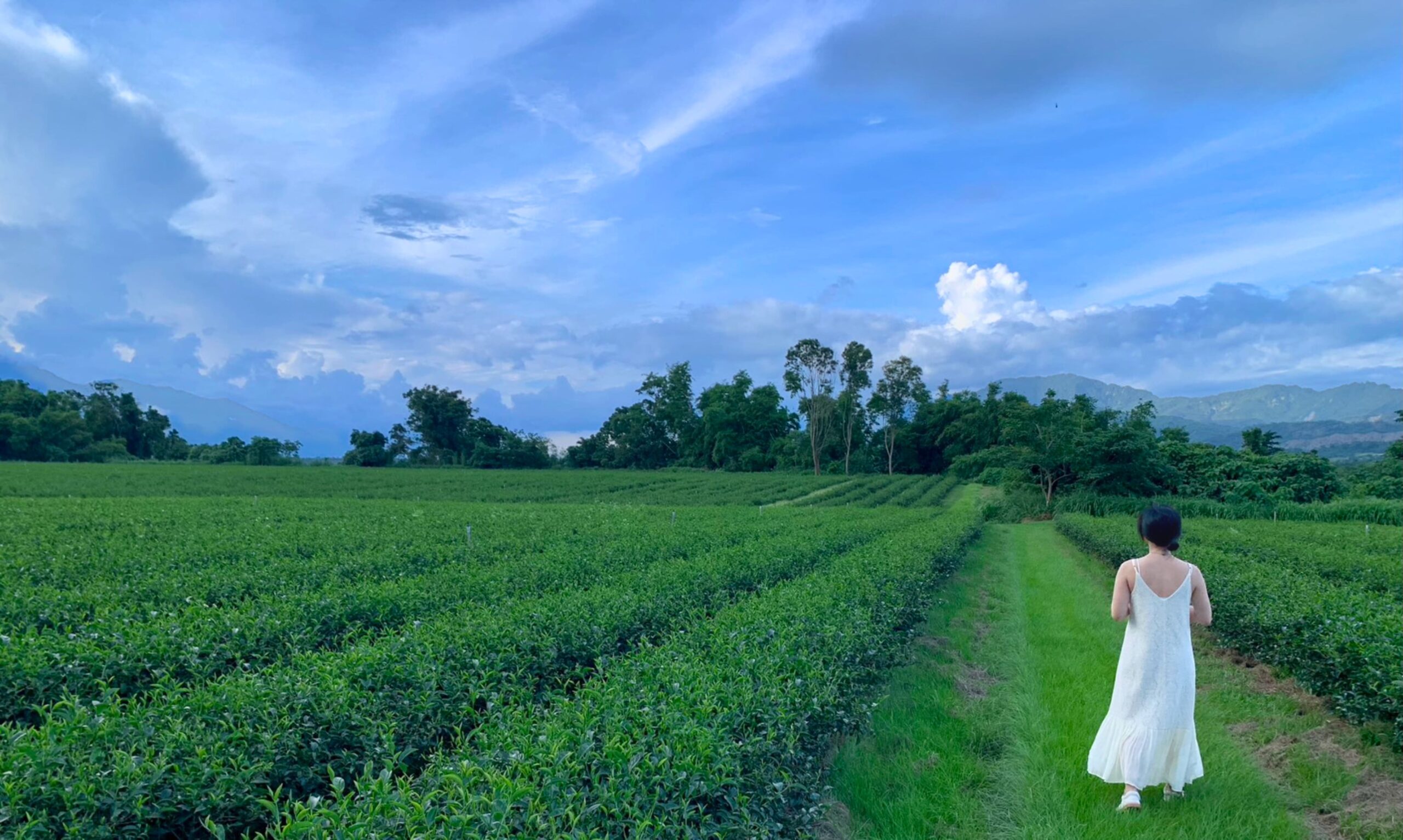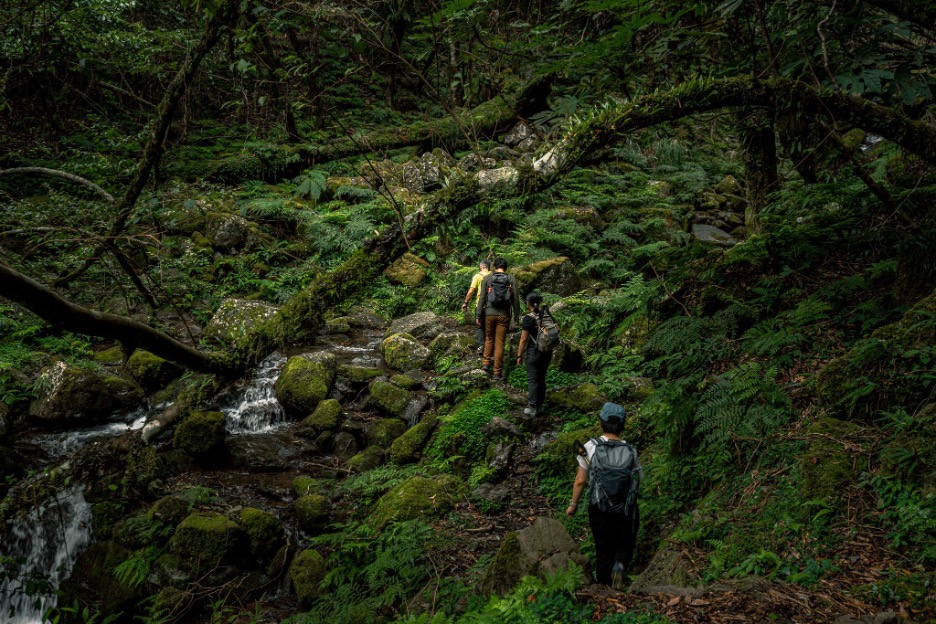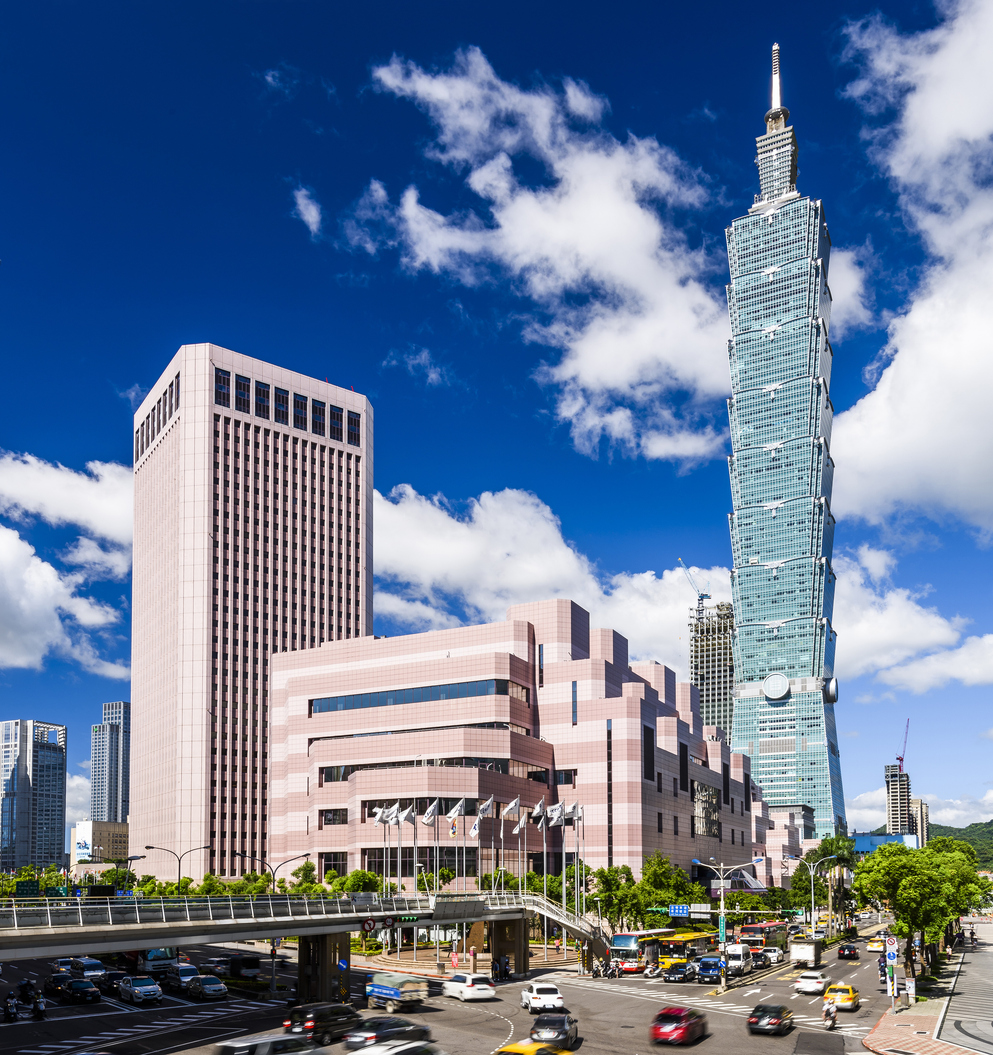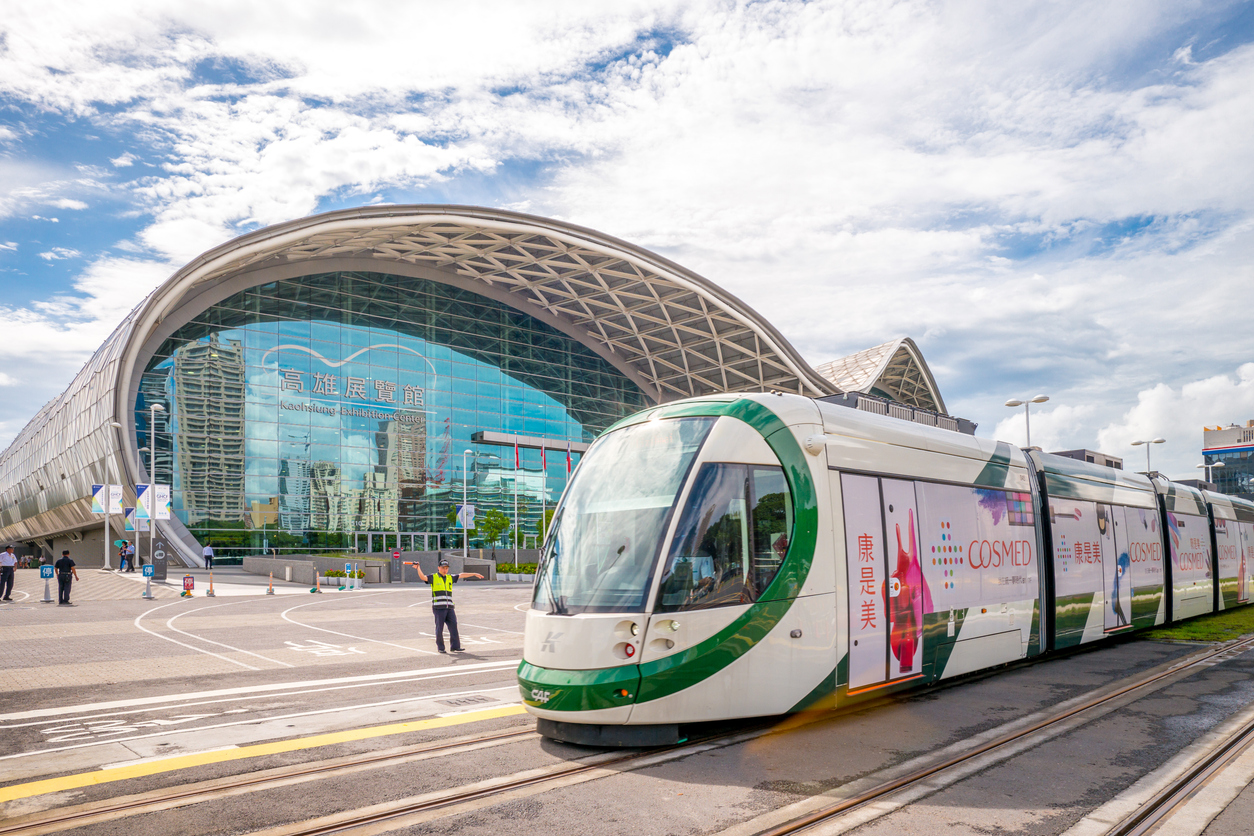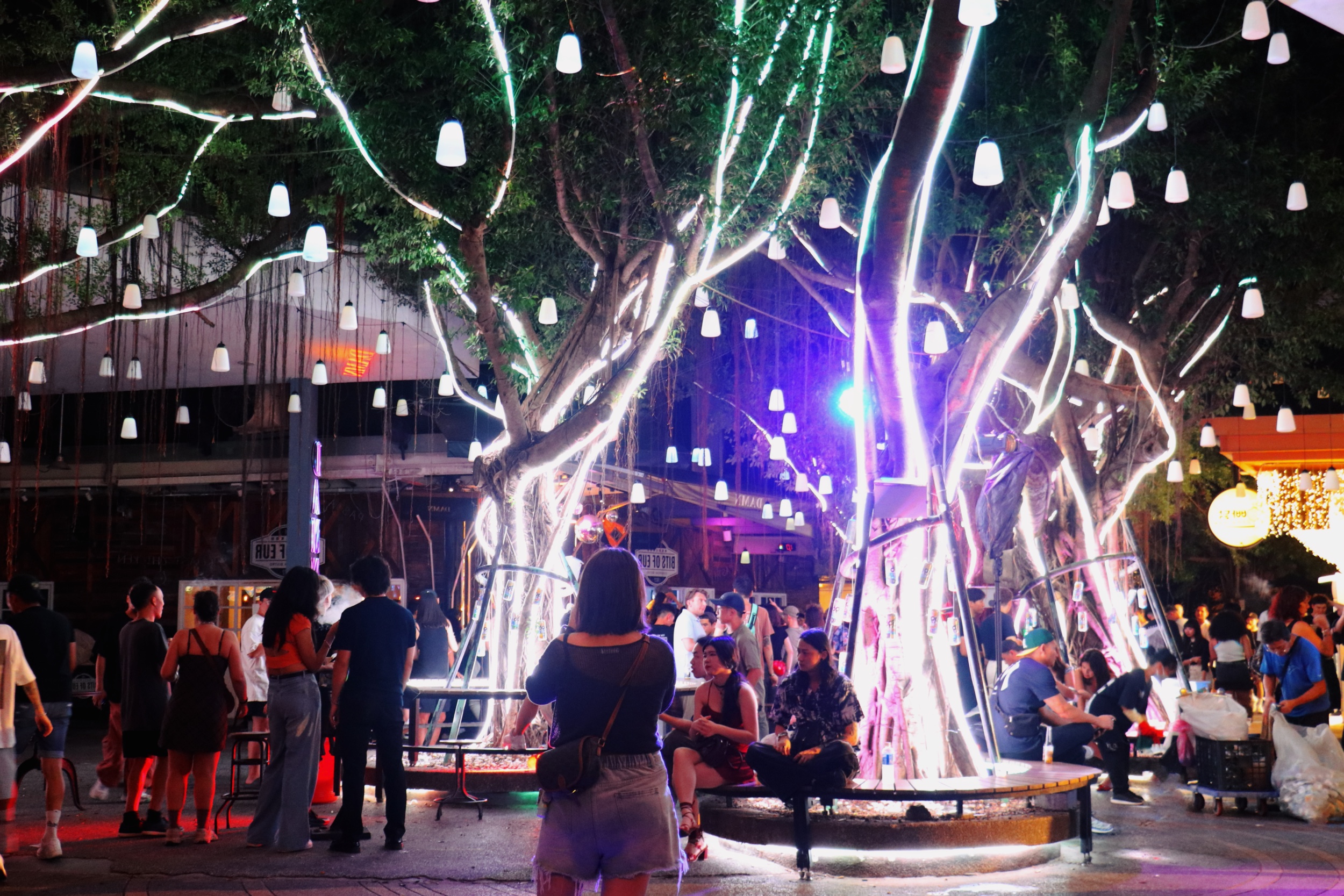Author: Julien Huang
Photographer: Julien Huang
Editor: Levarcy Chen
If India represents black tea and Japan embodies green tea, then oolong tea is Taiwan’s signature ambassador on the world stage. But lately, as Taiwan tea gains international spotlight, you might’ve stumbled across something called “Red Oolong” popping up everywhere. Wait—do oolongs really come in different colors now?
Picture this: Red Oolong looks like tiny rolled pearls that unfurl into a gorgeous ruby-colored brew, releasing waves of floral, honey, or tropical fruit aromas. It’s got this perfect sweet spot—not as light as green tea, not as bold as black tea, but elegantly balanced in between. Think of it as the crowd-pleaser that borrowed all the best traits from Taiwan’s tea family: fragrant, sweet, and incredibly easy to drink. It’s basically the catchy pop song of the tea world—everyone falls for it instantly.
This gem was born in Luye Township (鹿野), in the far reaches of Taitung on Taiwan’s eastern coast. Here’s the backstory: Taiwan’s domestic market was obsessed with fancy high-mountain teas from the West Coast, leaving Eastern tea gardens stuck playing second fiddle as contract manufacturers. Then came the World Trade Organization (WTO) era with cheap imported teas that flooded the market, threatening those barely clinging to their subcontracting gigs. Many tea farmers just threw in the towel and switched to growing fruit instead.
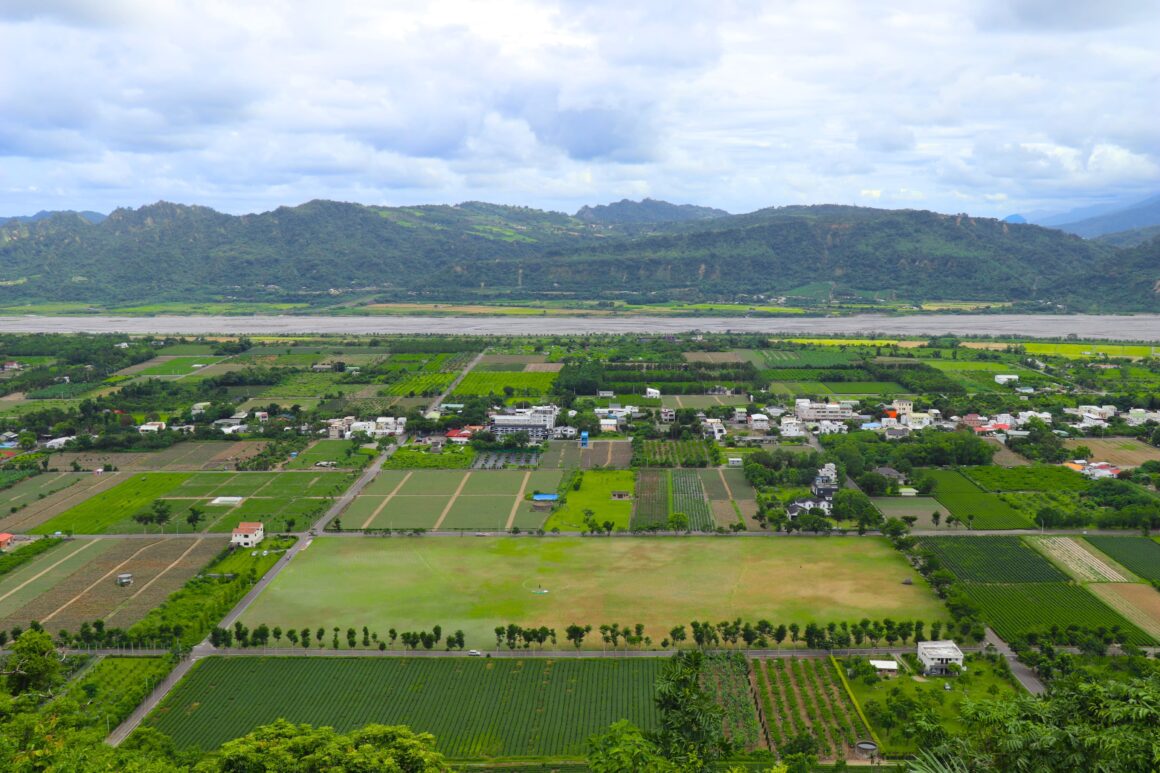
Enter the Taitung Tea Research Station to save the day! They dived deep into developing a cultivar of tea that could thrive in the local climate—with its intense sunshine and dramatic day-night temperature swings, perfect for heavily fermented oolongs. Station director Wu Sheng-Shun finally rallied local tea farmers in 2008 to develop Red Oolong together. This unique tea sits somewhere between traditional oolong and black tea, with heavier roasting and deeper fermentation. It took another 5-6 years for each farm to nail their own signature roasting and processing techniques before they had consistent production down pat.
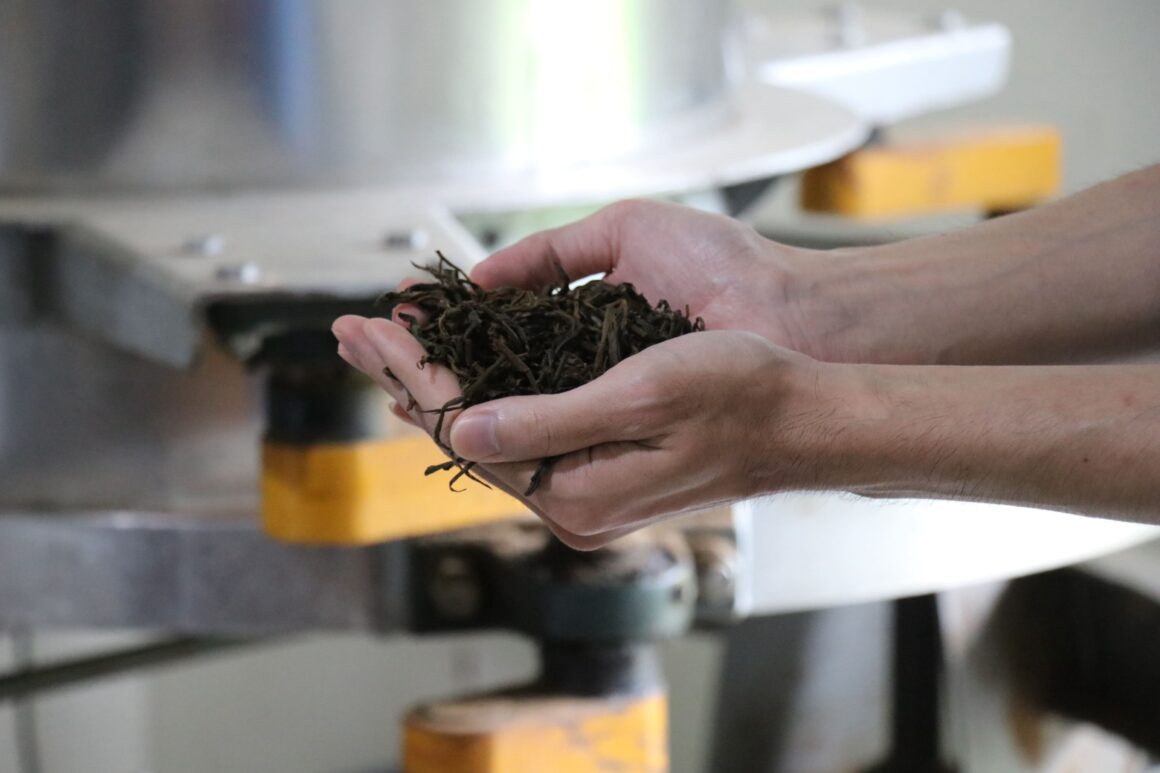
Now, after more than a decade, Red Oolong has become one of Taitung’s signature souvenirs. More and more young farmers are returning home to breathe new life into the tea industry, bringing fresh innovation to tourism experiences and tea-based products. “We’re experimenting with ‘understory economics’—seeing what we can grow beneath the tea trees,” explains Lin Ting-yu, second-generation tea farmer and founder of “Daughter’s Tea,” casually pointing between the tea bushes. “Look, see that? That’s a tea green leafhopper—technically a tea pest. But here’s the cool part: when they bite the leaves, the tea plant releases certain enzymes to defend itself, which actually attracts red spiders that hunt down these leafhoppers. And those very same enzymes? They’re what gives our tea that amazing honey fragrance.”
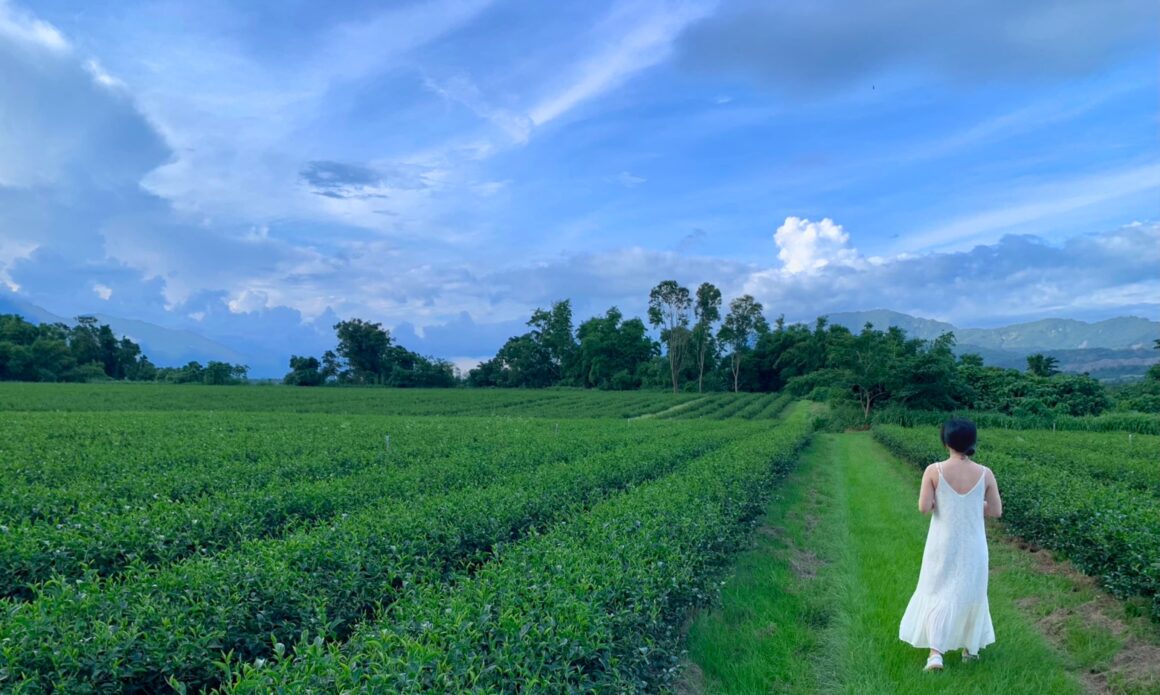
What’s really so special? Instead of competing against each other, these passionate locals formed the “Red Oolong Cooperative” to promote their tea together—talk about community spirit! Here’s how their brilliant setup works: tea farmers are the cooperative’s shareholders, focusing purely on growing amazing tea. Meanwhile, the co-op hires marketing pros for quality control, flavor consistency, and sales. After covering operating costs, profits flow back to the farmers. Consumers get quality tea at fair prices, the land stays healthy through sustainable farming, and everyone wins. As they say, “together, we go further.”
Want to dive into the Red Oolong world? The cooperative hosts an amazing two-day “Red Oolong Flavor Festival” in the 3rd weekend of June every year, when the new tea is harvested.
Day one kicks off with Tea 101—learning how Red Oolong is made and what makes it special. We had a tour of local tea factories and gardens, studying different tea plant varieties up close, then watch the magic happen in working tea facilities. Factory owners personally guide us through each step, explaining the why behind every process, and they love answering all our burning questions. (This is a very precious experience because without the reservation, the tea farmers are not obligated to deal with tourists.)
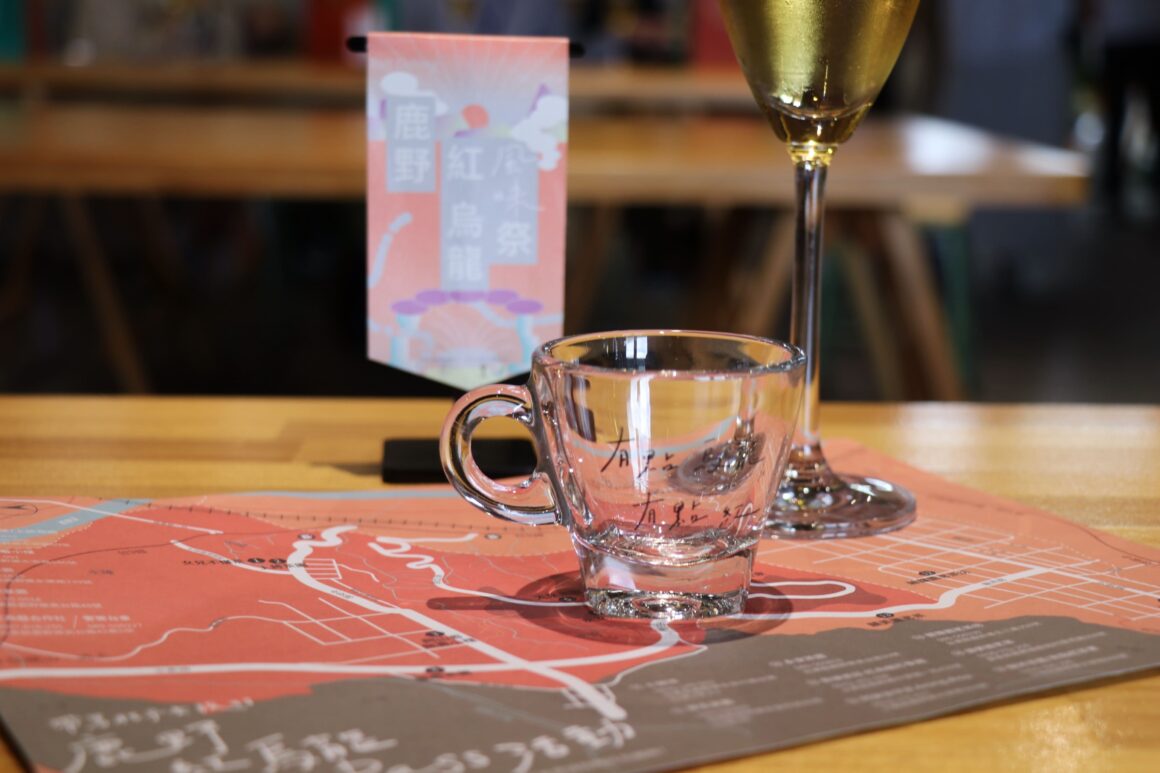
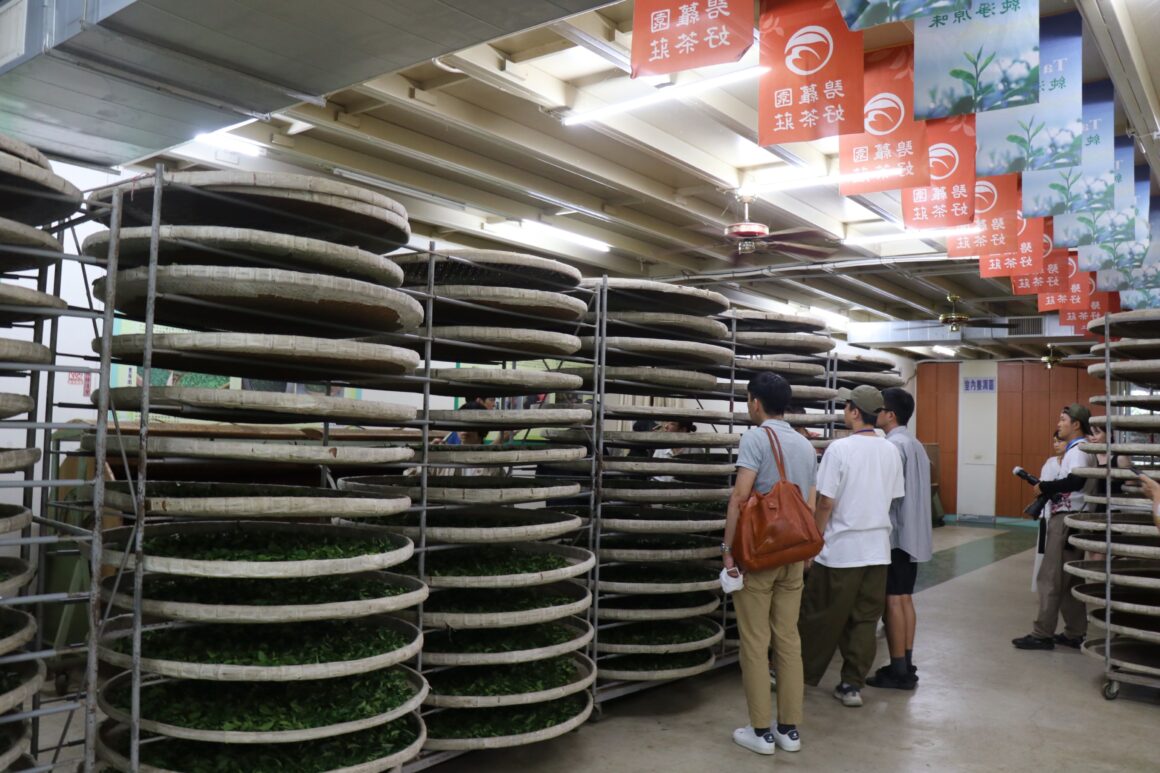
Back in the classroom, things get fun with a systematic tasting of five distinct Red Oolong profiles: floral, fruity, honey, woody, and roasted. The tea testing process mirrors official tea competitions, where tea is steeped in 100-degree water for exactly 5 minutes to reveal the “most honest” expression of each tea. This standardized method strips away any brewing tricks or enhancements, allowing judges to evaluate pure quality and determine which teas truly shine on their own merits. After the tea testing part, we then create our own 15-gram custom tea blend to take home—the perfect souvenir!
The afternoon tea is another surprise indulgence: a fruit feast. Luye people proudly present their seasonal fruits from mangos, leeches, pineapples, passion fruits to dragon fruits. Dinner on day one is pure magic. Local private chefs showcase indigenous wild vegetables, seasonal fruits, and even Red Oolong-flavored beer in a multi-course feast under the stars. Sharing stories and tea passion with fellow participants often sparks the most incredible conversations and ideas.
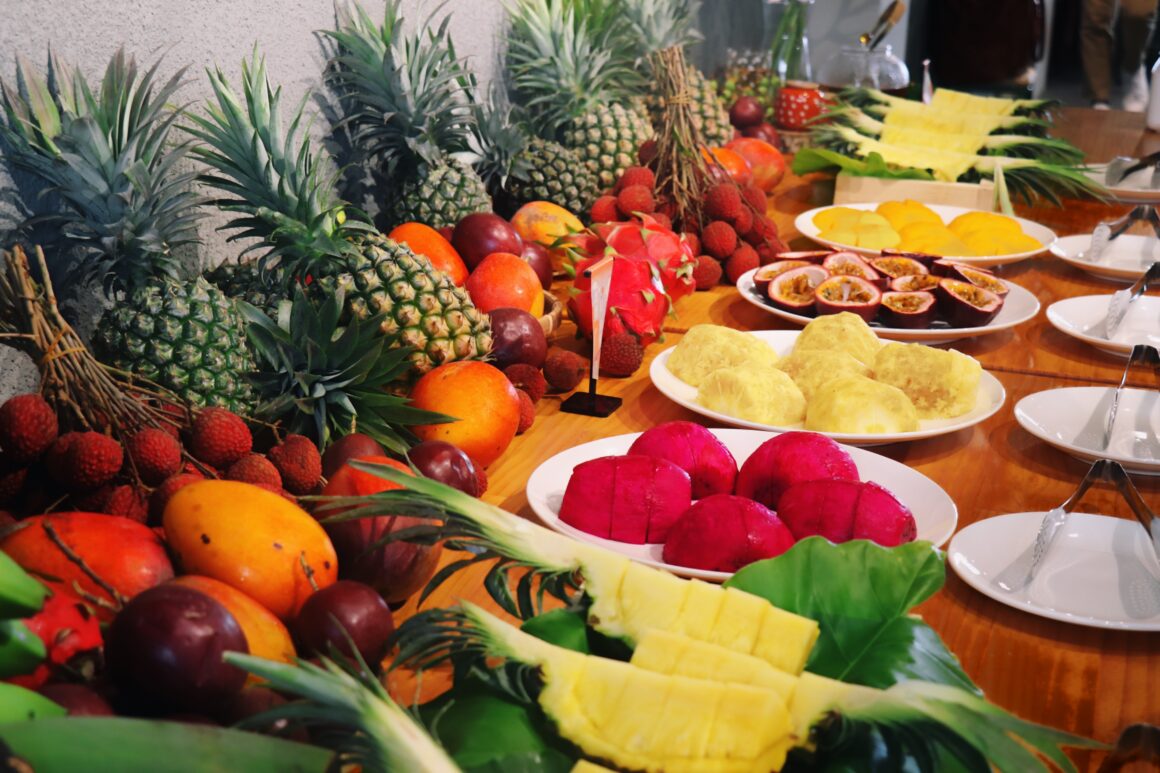
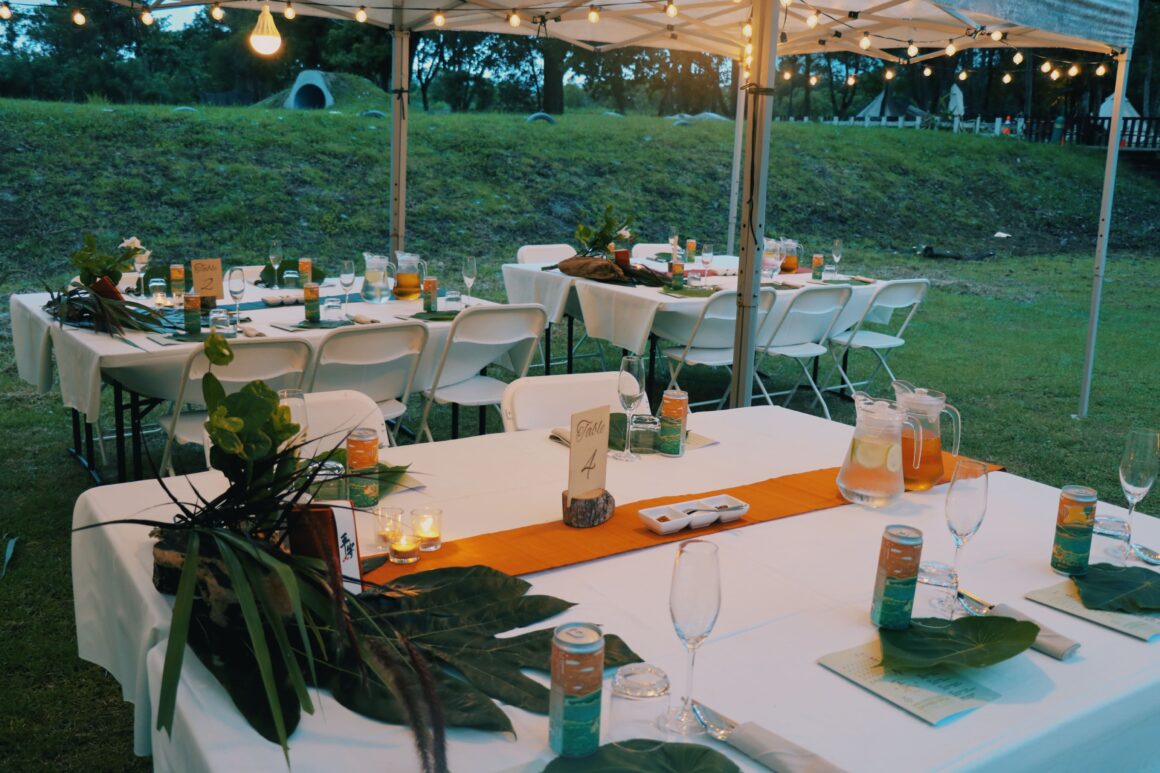

Day two brings the main event: a tea auction featuring 30 carefully selected Red Oolongs from this year’s harvest (chosen from over 100 submissions). We get to play judge and bid on our favorite teas in a lively public auction—may the best tea win! What makes this even more special is that each tea represents a single, unrepeatable harvest from the entire year—making this a truly exclusive “now or never” opportunity!
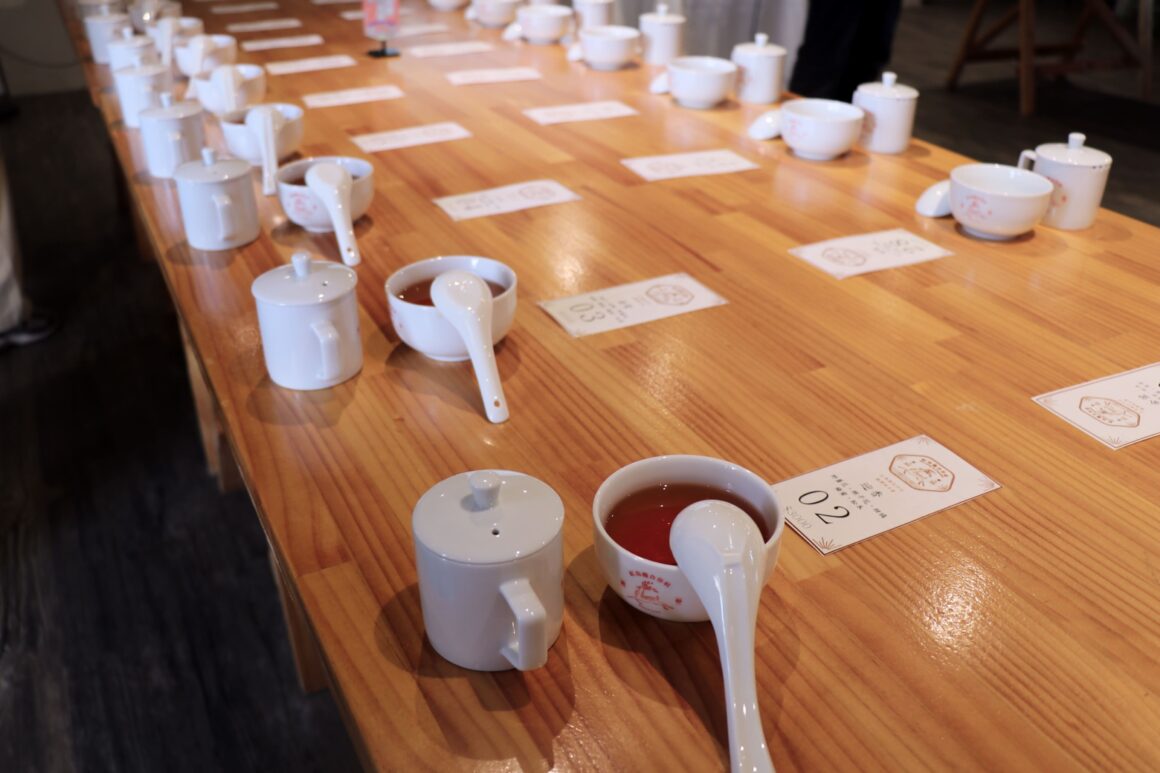
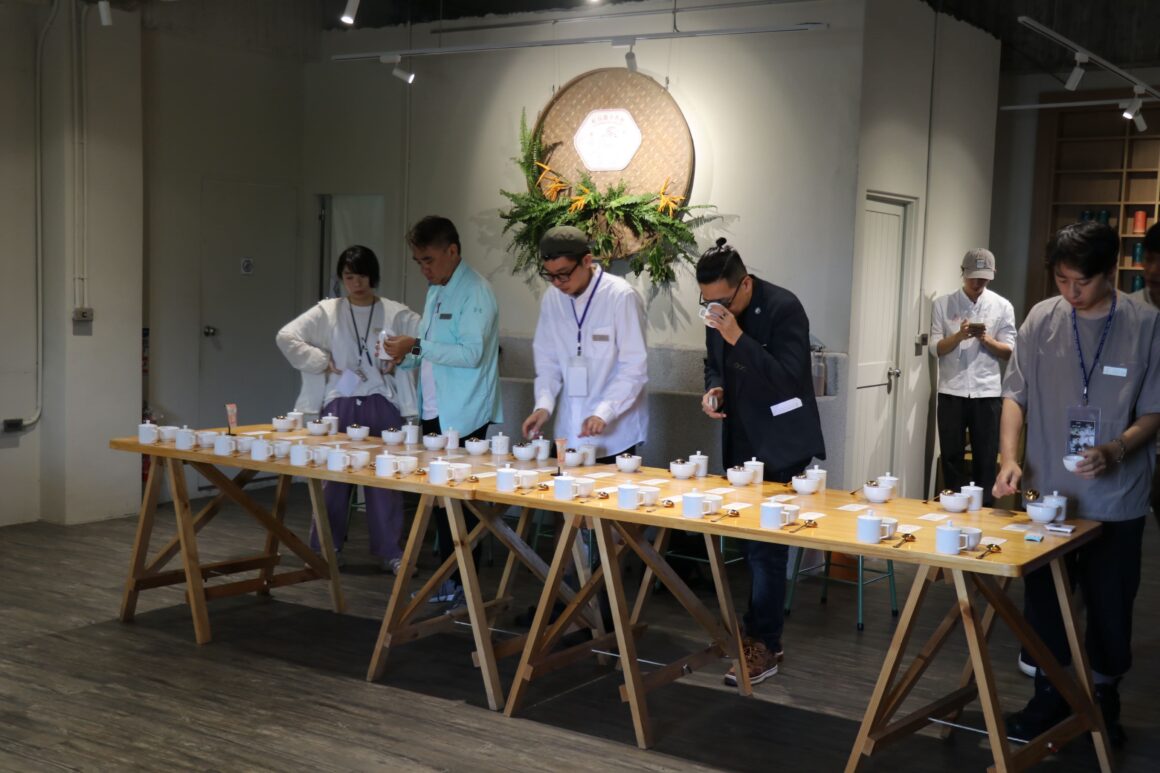
Red Oolong’s journey from struggling underdog to beloved local treasure perfectly captures Taiwan’s agricultural innovation spirit. What started as an economic necessity—finding a way for eastern tea farmers to survive in a competitive market—has blossomed into something much bigger: a thriving community-driven industry that balances tradition with creativity.
The real magic isn’t just in the tea’s unique ruby color or honey-sweet taste, but in how it has brought people together. Young farmers are choosing collaboration over competition, ancient wisdom meeting modern sustainability practices, and visitors from around the world are discovering not just a delicious drink, but a whole story of resilience and reinvention. Red Oolong proves that sometimes the best innovations come from the most unexpected places—and that when communities work together, they can create something truly extraordinary that honors both their heritage and their future.
- How to apply for Red Oolong Flavor Festival ?https://redoolongco.com/product/unique-flavour?fbclid=IwY2xjawLJ1xVleHRuA2FlbQIxMABicmlkETFxc0g3QXpDZkVOUXV2cUxmAR7kb_ZjKaNlNJdFUwh-LxBQ9_TabWBOYna4F39OJ9JpgRpuRmKZ76-ZMWB0iQ_aem_2NpyLgvy4fN7JclpRKg3Ug
- How to get to Luye from Taitung?
🚆 1. By Train (Recommended)
Direct train from Taipei Station to Luye Station (鹿野車站) on the TRA Taitung Line.
– Frequency: roughly every 3 hours
– Travel time: ~3 h 54 min (some via Guanshan ~4 h 19 min)
– Fare: approx NT$800 (USD $27)
*This is the most convenient and cost-effective option if you’re not in a hurry.
✈️ 2. Fly + Train/Bus/Taxi
– Fly from Taipei Songshan Airport (TSA) to Taitung Airport (TTT) (about 1 h flight; fare ~NT$1,900–2,800 / USD $60–90)
– From Taitung:
Local Train to Luye: ~16 min (NT$30 / USD $1–2)
Bus (Line 8163/8168A): ~36–37 min (NT$150 / USD $5)
Taxi: ~30 min (NT$800-1000 / USD $27-33)
🚌 3. Bus (Tourist Shuttle)
Taiwan Tourist Shuttle – East Rift Valley Line operates direct from Taitung train station or bus terminal to Luye Highland (鹿野高台)
Bus info click here: https://www.taiwantrip.com.tw/Frontend/Route/Select_p_en?RouteID=R0012
- Best season of tea farm visit?
Thanks to the climate, the tea farm is available for all year!
- The recommended tea houses in Luye? (with reservation)
➀ A-Rong natural farming tea shop: https://maps.app.goo.gl/3tYdRNR1Etntumyx7 (English available)
➁ Daughter’s tea: https://maps.app.goo.gl/VtuiuYCXgPNqK1wp7
➂ Biluoyuan Red Oolong Tea: https://maps.app.goo.gl/Fze2PiNbDYjM4Muw7

